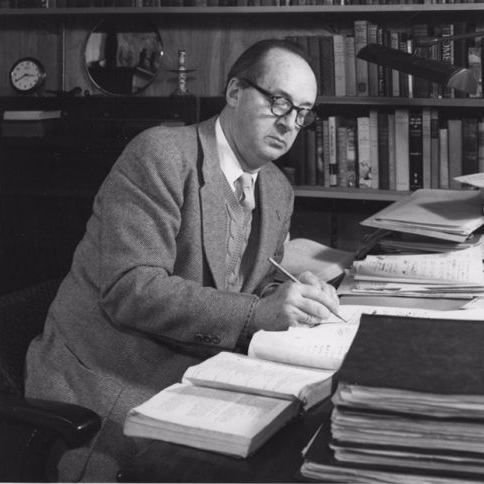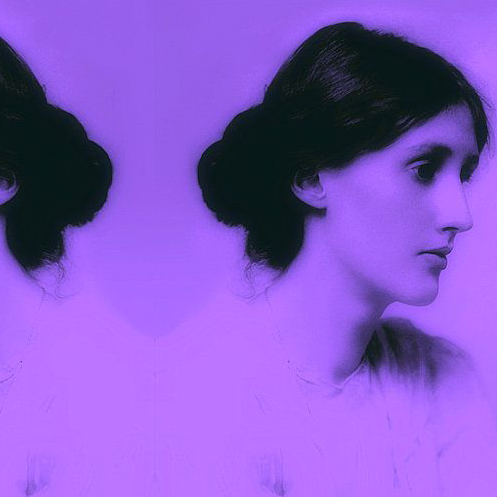Good Reader, Bad Reader
NOVEMBER 27, 2017
Quizzing the students in his European literature class at Cornell on their reading habits, the Russian-American novelist Vladimir Nabokov observed in 1948, “The students leaned heavily on emotional identification, action, and the social-economic or historical angle. Of course, as you have guessed, the good reader is one who has imagination, memory, a dictionary, and some artistic sense.” On one level Nabokov was airing a teacher’s frustration...
Two Paths for the Personal Essay
AUGUST 22, 2017
The first essay in Durga Chew-Bose’s Too Much and Not the Mood is called “Heart Museum,” and it opens with a long description of an iPhone emoji. The style is proudly mannered: the twee metaphors, the gratuitous details, the repetition of these details to tiresome effect. One can see the author chasing down a shallow sort of mimesis, willing her readers to join her as she double-checks and sometimes triple-checks the emoji so that we too might...
Bloody Abroad
JUNE 5, 2013
“The angel-faced killer.” “Luciferina.” “Foxy Knoxy.” “The Wicked Fox.” These were some of the nicknames coined by tabloid journalists to describe Amanda Knox: the pretty American exchange student in Perugia, Italy, who, along with her Italian boyfriend, was convicted of the 2007 murder of her British flatmate Meredith Kercher in what prosecutors described as a marijuana-induced, psychosexual rage. In the Italian court of public opinion, Knox’s...


